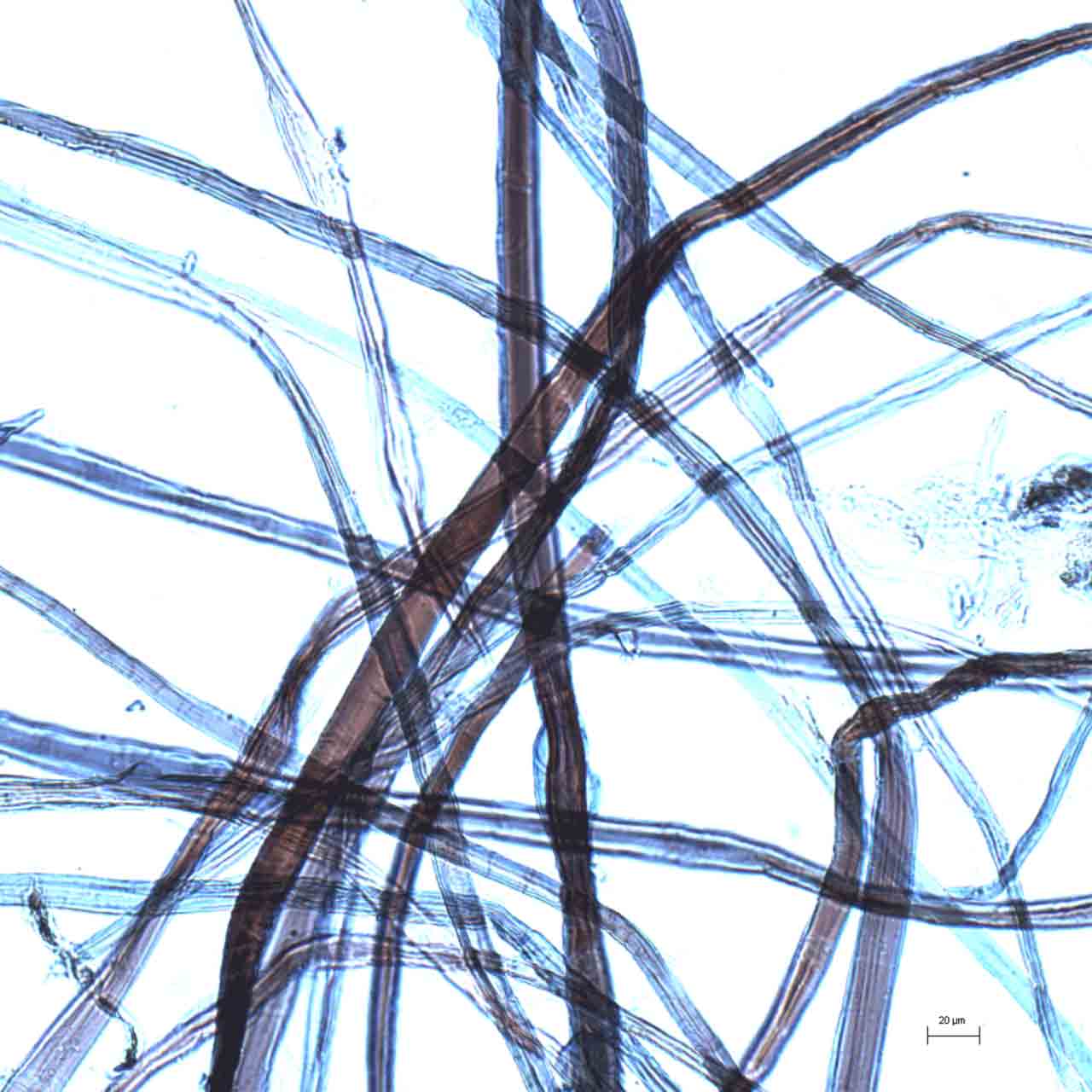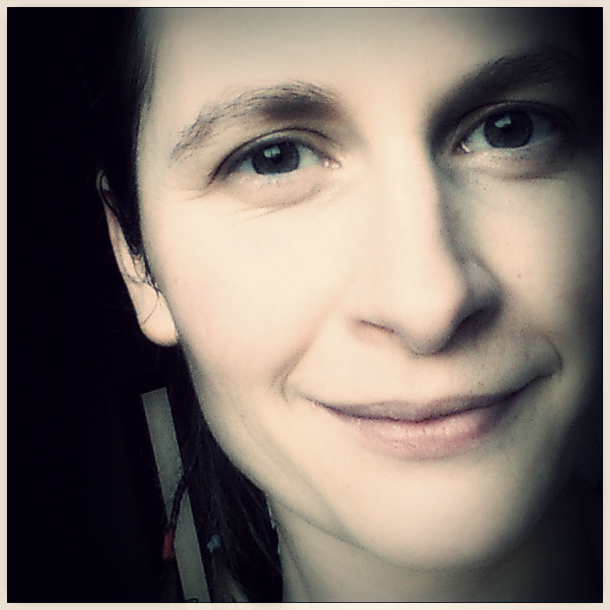spatial forms
 spheres, solids, bowls, etc. plant fibres are perfect for making those: flexible when wet, they become firm and resistant when dried.
spheres, solids, bowls, etc. plant fibres are perfect for making those: flexible when wet, they become firm and resistant when dried.
°
this is the super-magical-bio-structure of cellulose: water and processing (such as pounding with a blunt instrument) cause individual fibers to open and connect with each other, then, when they dry they close and merge permanently. well at least till their next encounter with water.
poetry of physics and chemistry.
°
so that is why you don’t need a lot to start processing fibers. you don’t need glue or any additives. in the industrial production obviously chemicals are added to paper but we don’t need them. all we use is an alkaline solution to start the process (it is used to clean plant material from organic elements such as cellulose tissue, pectin and others). you can make it from ashes (properly boiled) or soda (caustic soda).
papermaking. smooth or porous sheets, sensual spatial forms… it’s all about cellulose, that is exclusively plants. you can’t make paper out of animal fiber such as wool or human hair. cellulose is a building element of plants (+ some species of algae and fungi) and only plants can be used in papermaking. but the possibilities are endless :)
°
about this abundance, about various plant fibers around us – more HERE.
since papermaking has its beginning on meadows..











